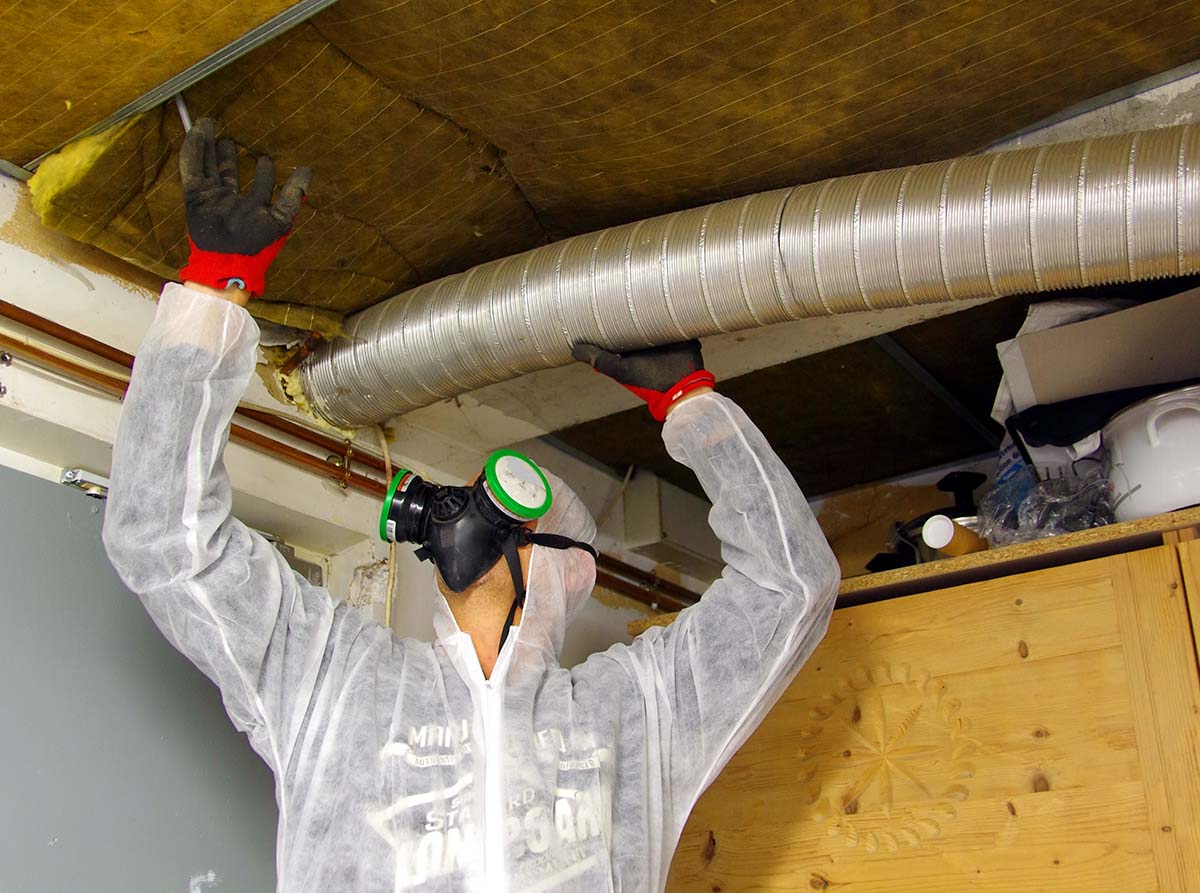Occupations Associated with Asbestos and How to Stay Safe

It used to be that workers most at risk of coming into contact with asbestos were those in the mining sector – particularly in the 1960s and 70s when it was not widely known how hazardous the material can be. Since asbestos-related diseases may take ten to forty years to manifest, proper safety measures took some time to be developed.
Asbestos was a common building material in Hamilton and the surrounding areas prior to 1990 (although its use started to decline since the 1970s) because it was known to offer long-lasting, strong, fire and weather resistant protection along with noise-dampening qualities.
Common material in older homes that may contain asbestos includes insulation, cement and plaster, siding, and floor and ceiling tiles. But don’t panic – even if you live in an older home with asbestos, it is not necessarily a problem. The problem occurs when the material is disturbed, and asbestos particles become airborne, where they can be inhaled into the lungs.
Therefore, it should come as no surprise that the most common occupations at risk for asbestos exposure today are those in the construction trade – particularly those involved with repair, renovation, and maintenance. You never want to remove asbestos, either, unless you are fully qualified.
Fortunately, there are ways that employers can help to keep their workers safe.
Methods for controlling exposure:
- If asbestos is suspected, workers must avoid disturbing potential sources until the area can be assessed and controlled.
- Workers should never eat, drink, or smoke where asbestos exposure is possible.
- Any materials that may contain asbestos should be wet down before it is cut or broken. This helps prevent particles from being released into the air. Dust and debris should never be swept or shovelled when dry.
- Protective outer clothing that can be removed or discarded should be worn when dealing with materials that contain asbestos, and workers should use a NIOSH-approved respirator to protect themselves against inhalation of asbestos.
- Any body parts that are exposed to asbestos should be washed with soap and water before the worker leaves the worksite.
Asbestos Training
It is important that all workers who may be dealing with asbestos receive the proper training on the risks and safety protocols.
Training should include:
- Understanding the negative health impacts of asbestos exposure.
- The relationship between asbestos exposure and smoking.
- Understanding which materials are likely to contain asbestos.
- The proper safety protocol for dealing with materials that may contain asbestos.
What should you do if you have been exposed to asbestos?
If you believe or know you have been exposed to asbestos, it is important to tell your doctor immediately. Asbestos-related diseases can take decades to manifest; however, if your doctor is aware that you have been exposed, they can monitor and test you for any early symptoms and provide treatment as needed. Early treatment can significantly reduce the severity of any negative impacts.
Additionally, since the risk of asbestos-related diseases increases with increased exposure, you should take steps to prevent further exposure.